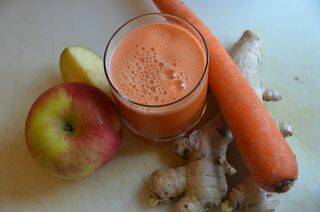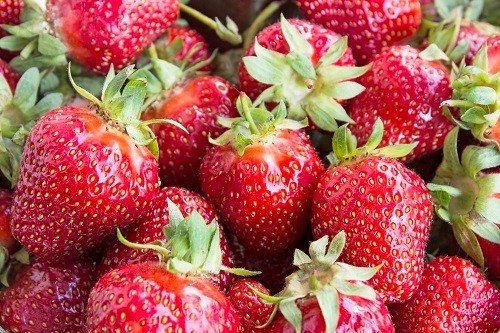Dental Tips for Juicing
What Is and Isn’t Good for Your Teeth
More and more Americans are following the trend of eating healthier. There are a number of new diets out there and many people are turning to the idea of juicing to get their daily fruits and vegetables in an easy, convenient way. Although this may seem like a great idea, it is important to keep in mind that some juicing combinations have tons of sugar that are not only bad for your health but also your teeth. Here are some tips you can follow while juicing to help keep your diet on track and protect your smile.
Use Vegetables
Many people want to pack their juice full of fruit, mostly because it is sweet and makes the juice taste good. In reality, juice should be mostly comprised of vegetables, specifically green vegetables. Some popular and healthy choices include leafy greens like Kale, collards, and other similar vegetables that are high in calcium, phosphorus, and magnesium. These nutrients are key in helping your body maintain strong teeth and bones as well as a healthy immune system.
Keep Fruits to a Minimum
Once you have put all your green vegetables in the blender your natural instinct may be to add a ton of fruit to help cover the vegetable’s taste. While this is a great way to make your juice enjoyable, make sure to keep the use of fruits to a minimum. At the most, you should be using a half of a green apple or a handful of berries in your juice – you will actually be surprised how much sweetness this small amount of fruit can bring. Also, make sure to use ripe fruit as opposed to unripe, which contains more acid.
Consider Wheatgrass
Wheatgrass is often referred to as “liquid sunshine” and can easily be used in juicing. Wheatgrass is considered a super food that has many health benefits, including providing essential vitamins and nutrients as well as amino acids. Additionally, wheatgrass has a high amount of chlorophyll, which is important for giving yourself that boost of energy throughout the day. While wheatgrass juice may be too strong a flavor on its own, it can be mellowed out by using pleasant fruits and vegetables.
Use a Straw
If you use any kind of fruit in your juice, it will contain natural sugar. Using a straw can help to minimize the contact between the juice and your teeth, making it harder for the sugar to lay on the tooth’s surface. When sugar comes in contact with teeth and is not washed away immediately, it lays on the surface and begins to break down the enamel of the tooth, which can lead to tooth decay and cavities.
If you are noticing some deterioration in your teeth from recent diet habits, it is time to visit your dentist. You can save as much as 20 percent if you live in New Hampshire and sign up for the Wellness Dental Plan. This is an alternative dental plan in New Hampshire to help save individuals and business owners money when they do not have dental coverage. For more information on these plans, please click here.
*Photo Courtesy of bertholf via Creative Commons License











